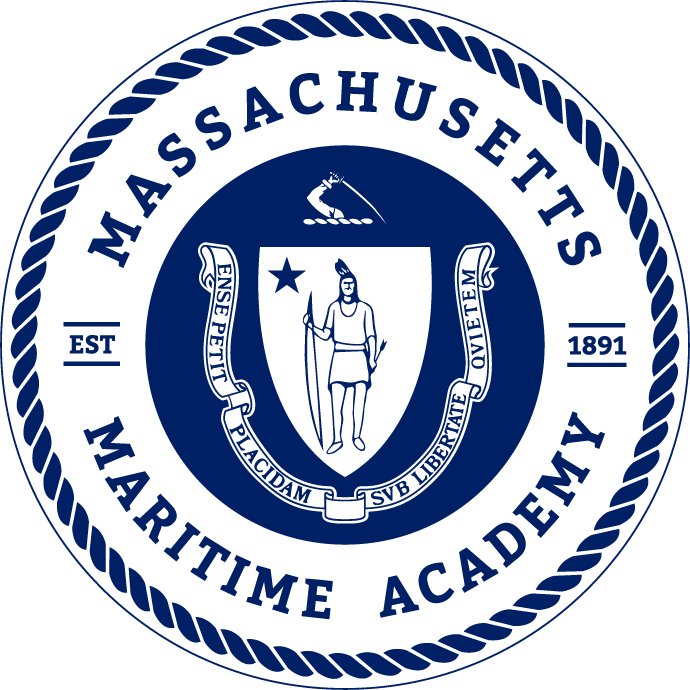NVIC Method
| STCW Competence | Knowledge, Understanding, and Proficiency |
|---|---|
|
Maintain a safe engineering watch |
OICEW-A1.1 Thorough knowledge of principles to be observed in keeping an engineering watch, including: .2 Routine duties undertaken during a watch |
| Condition | Behavior | Standard |
|---|---|---|
|
On a gas-turbine vessel of at least 1,000 HP at sea, on a simulator, or in a laboratory, |
the candidate assumes and keeps the engineering watch in accordance with STCW Code (A-VIII/2 part 3-2), describing each step as executed and making all necessary inspections and site visits required to understand and verify the status of the watch and machinery. Note 4 A candidate who does not perform this task will receive an endorsement that is not valid for gas-turbine propelled vessels. |
The candidate:
|
MMA Method
In order to satisfy NVIC 17-14 Task 1.1.D , MMA students must:
- Successfully complete MMA Assessment OICEW-4-1C Engineering watchkeeping
